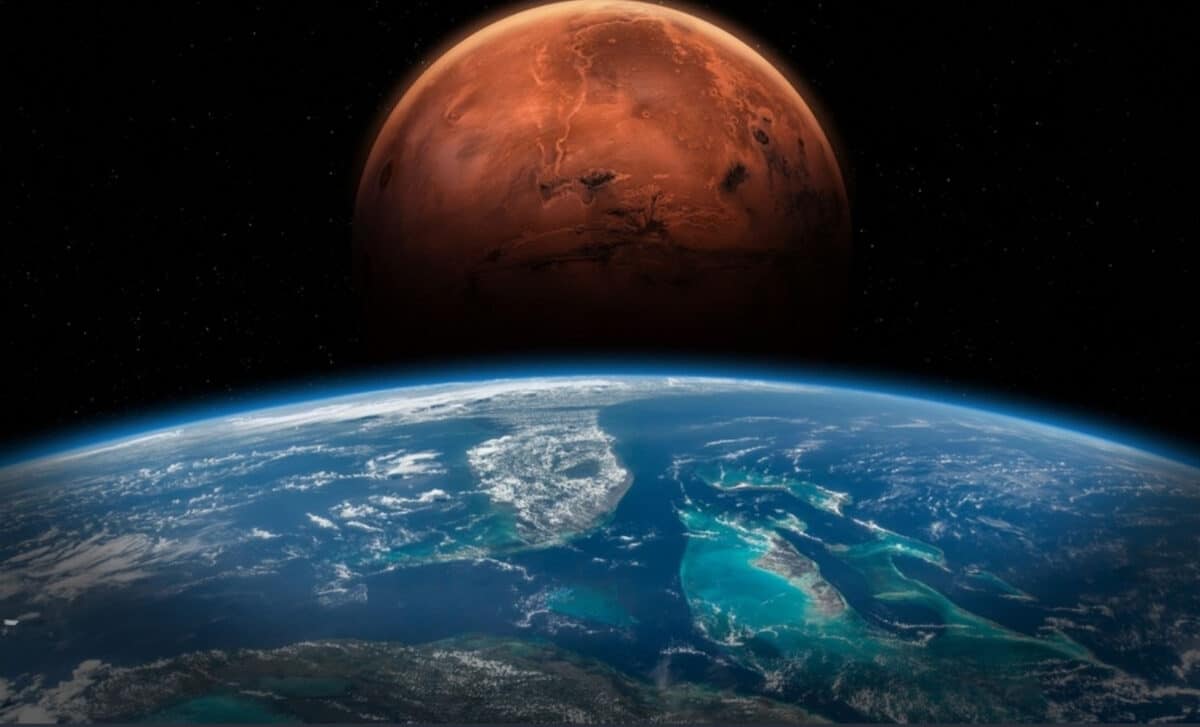Musk, the CEO of SpaceX, has long championed the idea of creating a multi-planetary species. At the core of his plan is the colonization of Mars, which he sees as humanity’s escape route in case of global disasters.
However, astrophysicist Adam Becker, in an interview with Rolling Stone, dismisses this notion, claiming that Musk’s plan is more fantasy than a viable strategy. Becker’s perspective calls into question the real possibility of colonizing Mars and suggests that efforts might be better spent preserving Earth, reports JVTECH.
Starlink’s Expanding Satellite Constellation is Blocking Crucial Astronomical Signals
Mars vs. Earth: Which is More Habitable After a Global Disaster?
Adam Becker critiques Musk’s idea of Mars as a safe haven for humanity, even in catastrophic scenarios like asteroid impacts or nuclear wars. According to Becker, Earth, even after experiencing severe destruction, would still be far more hospitable than Mars. He argues that while Earth might suffer from events such as an asteroid impact or uncontrolled climate change, it would retain essential features that Mars lacks, including breathable air, gravity, water, and protection from harmful radiation.
In contrast, Mars remains inhospitable. Its atmosphere, made up of 95% carbon dioxide, is nearly nonexistent in terms of human survival. The planet’s surface temperature averages around -63°C, which is inhospitable to life. Additionally, Mars lacks a magnetic field, leaving it exposed to direct cosmic radiation. The absence of liquid water further makes it impossible for humans to survive without highly controlled, artificial environments.
The Impossibility of Terraforming Mars
Musk has suggested that one way to make Mars habitable would be to terraform the planet by using methods such as detonating nuclear bombs at the poles or placing giant mirrors in space. However, Becker deems these ideas as impractical.
He points out that even if all the carbon dioxide on Mars were released, the planet’s atmospheric pressure would still only reach 7% of Earth’s, far too low for human survival without pressurized suits. Furthermore, creating a sustainable greenhouse effect and constructing an artificial magnetic field would require unimaginable amounts of resources, making it a near-impossible undertaking.
Becker suggests that the idea of turning Mars into a second Earth is more science fiction than reality. With current technology and understanding of the planet, he argues that the cost of such projects would be astronomical, and the chances of success are incredibly slim.
Preserving Earth: The Priority for Humanity
Becker concludes that investing in the survival of Mars is a misguided endeavor when compared to the realistic approach of preserving Earth. He emphasizes that, despite its vulnerabilities, Earth remains the only known planet with the necessary conditions for sustaining life.
Even after an apocalyptic event, Earth could still provide shelter for survivors and the possibility of life to regenerate, unlike Mars, where any failure of life-support systems would result in immediate death.
Rather than risking the survival of humanity on an inhospitable desert like Mars, Becker argues that efforts should focus on ensuring the long-term viability of Earth, the only planet we currently know can support life.








